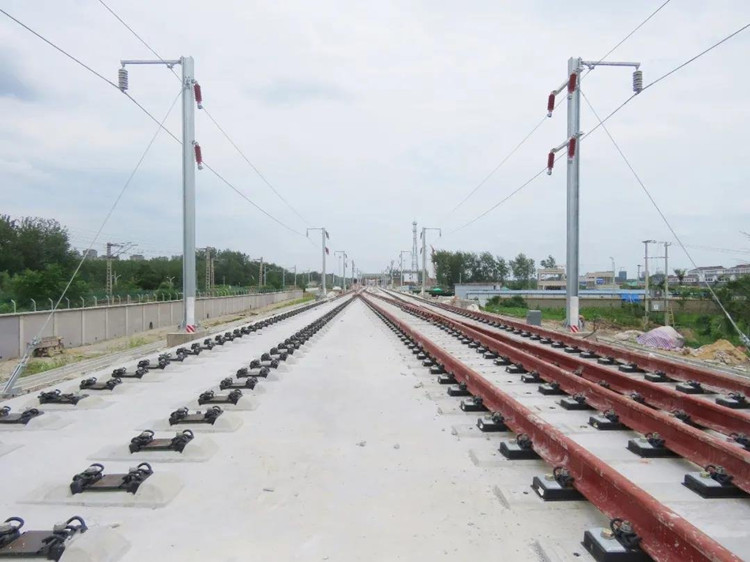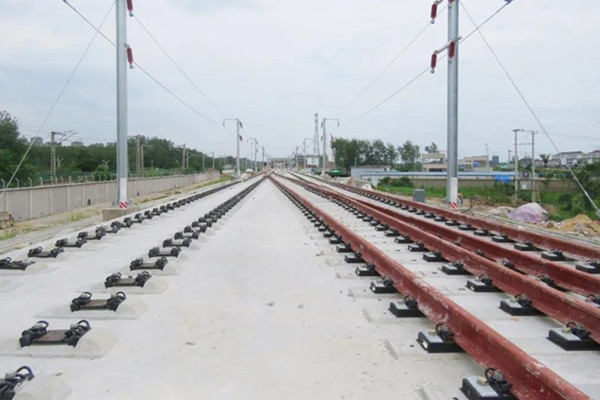The rail steel grade used in China's high-speed steel rail is 75KG/M, and the material is high-carbon low-manganese alloy steel. This kind of steel has very good wear resistance. After adding a small amount of manganese, the toughness of the rail will be greatly improved. However, rails have a common problem, and their thermal expansion and contraction effect is greater than that of concrete.

The problem of thermal expansion and contraction was unsolvable in the past. For every 12.5 meters of old rails, a gap of several millimeters must be left between two rails, which makes a single rail short and very troublesome to lay. When laying China's seamless steel rails, an optimal temperature range is calculated based on the local annual temperature data, and the track is laid as much as possible in this temperature range. Use locking steel buckles for fixing, which solves the problem of thermal expansion and contraction of long rails. At present, only China, Japan and Germany can do this. The United States does not have this technology, and India does not have it either.

The 500-meter-long rails are not only easy to lay, but also very smooth when the train is running, and the maximum speed can be increased to 350 kilometers per hour. The speed of India's high-speed rail is only 200 kilometers per hour, because it cannot solve the problem of seamless long rails. It can be seen that a piece of steel rail also embodies great wisdom and cannot be made casually.



Get In Touch